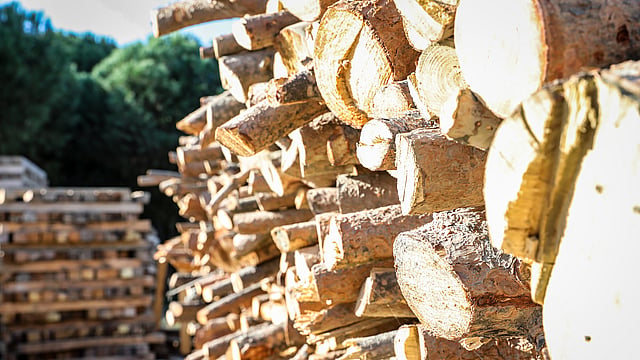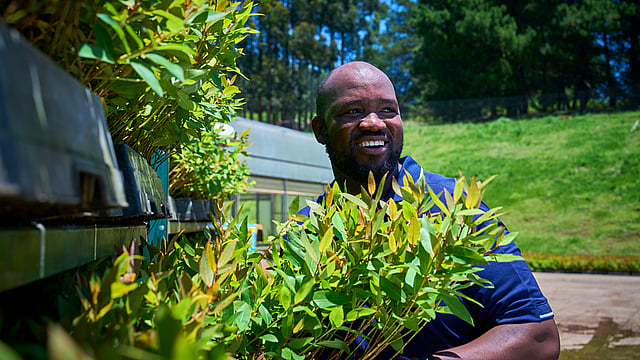April 23, 2024 (press release) –
People often ask: Why paper can’t we only use 100% recycled paper? The short answer is: It takes both! There would be no recycled paper without fresh fibre.
Fresh and recycled fibre are complementary elements, which ensure that the paper cycle can be maintained without compromising the product quality or strength. To make the global fibre cycle work, a continual input of fresh wood fibre is needed depending on the grade of paper manufactured.
A proportion of fresh wood fibre is needed in the supply chain, as fibres naturally degrade each time they are recycled. This means that fibres can currently be recycled at scale around 5-7 times , but yet not indefinitely. Recent studies suggest that pulp fibres can be recycled 25 times and probably even more if the fibres are recycled in a very gentle way and any kind of losses are avoided – at least in theory1, 2. From a technical point of view, there are limitations due to impurities and contaminants in recovered paper. These contaminants require cleaning and separation treatments that reduce the life of the fibres. Each time the paper is recycled, the fibres become a bit more degraded, and the mechanical properties are reduced. Fresh wood fibre must be introduced into paper production to maintain the strength and quality of the finished product.

Engaging on opportunities for paper for recycling
Secondly, in any recycling cycle, a small amount of material is lost during processing, either in the removal of impurities from the fibres or in the process water. These losses are the second most important reason why recycling cannot go on forever. Finally, and currently the most limiting factor is the availability of recovered paper as a secondary raw material. This is partly due to losses of paper grades that cannot be recovered (e.g. hygiene paper) and partly due to the completeness of the collection cycles. This means, the availability of recycled fibre plays a key role. Paper has one of the highest recycling rates compared to all other packaging materials. Last year, the recycling rate of paper and paperboard in Europe was around 82.5%3. If only recycled fibre were used, without an influx of fresh fibre into the system, it is estimated that the global paper cycle would collapse in less than 18 months. 4
At Mondi, we regularly assess the balance between virgin and recycled fibres in our products to create high-quality, resource-efficient products for our customers. Last year, we used 1.3 million tonnes of paper for recycling, sourcing from waste collection companies or directly from retailers.
We also engage in industry associations to further explore the role of fibre-based packaging in a circular economy. Mondi is an active member of 4evergreen, a cross-value chain alliance with the aim of boosting the recycling rate of fibre-based packaging in Europe.
The role of responsibly sourced wood
With over 80% of Mondi’s business being fibre-based, responsible sourcing of fresh wood fibre is critical to meet the increasing demand for sustainable packaging and paper solutions.
We believe sustainable working forests are key parts of the solution. This approach integrates productive renewable forests combined with effective ecological networks, ensuring thriving biodiversity, water and other ecosystem services. We develop and implement best practice silviculture and other forest management practices in our South African landholdings.

For wood procured from external sources, we believe that certification schemes such as FSC™ and PEFC offer a great value in increasing sustainable fibre sourcing. Last year, we sourced 100% of our wood fibre responsibly, with 75% FSC™ and PEFC certified, and the remainder from controlled wood.
Learn more about responsible fibre sourcing here.
* All content is copyrighted by Industry Intelligence, or the original respective author or source. You may not recirculate, redistribute or publish the analysis and presentation included in the service without Industry Intelligence's prior written consent. Please review our terms of use.